-
Posts
1,562 -
Joined
-
Last visited
Content Type
Profiles
Forums
Articles
Gallery
Downloads
Events
Posts posted by clinton
-
-
There mat be a forge weld in there but I really did not see it. Or they started out with larger stock and forged it down to what apears to be "Parent stock"
The last picture does look like a possible forge weld
-
I did not bring them home, I had a spending cap a $200 for the day. I would estimate the weight at around 60 lbs each. They are about 3 feet long and a foot tall at the scroll.
The guy is some kind of antique dealer he is taking them to an antique fair next weekend and said he was going to price them at $1700 there (good luck)
If he comes back with them I may make him an offer
-
-
-
That is a lot of work for 45 bucks
-
Not a bad deal if you want to shoe horses
I would pass if you want to do general forging get a blacksmiths anvil
-
I picked this monster up last year on the way home from the spring conference. The guy I got it from said his dad used to clamp differentials from big rigs in it for rebuilding. It measures over 16 inches tall and 27 inches long the jaws are 6 inches. Very heavy, I took it apart to carry it into my shop.
-
The unit that I have is a heavy duty double sided arbor, the guy that I got it from said it was a drum sander. It just has a wire wheel mounted on it now. It turns rather slow maybe 800- 1000 rpm. I can put a step pulley to get variable speed. There are no tool rest (I could add one) no guards of any kind. (Not OSHA compliant) I work alone in my shop so that limits my liability.
The belts are available from 60- 1800 grit Aluminum oxide and 60- 600 Silicon Carbide
This is the machine, I will probably shorten the shaft it sticks out about 10 inches. This thing is a beast it weighs about 80 lbs
-
Has anyone tried using the expandable rubber drums for sanding? The are used in rock polishing mostly, but they have a wide range of grits available. They come in sizes of 6 inch x 2 1/2 inches and 8 inch x 3 inches.
I was talking to a knifemaker the other day and he told me about them. I plan on ordering some and was wondering if anyone was using them and how the performed before I commit to anything. I have a double sided arbor to mount them on.
-
Un-able to find it it the Sears catalog. Anvils In America does list them and calls it "Scythe anvil" and states they were used primarily in Europe to sharpen scythes and sickles by hammering the blade edge. This worked better than stone and file work and lasted 2 - 3 times due to work hardening and the drawing out of metal. (Paraphrase from AIA)
Spell check in-op hope I got it good enough to read
-
I do not think that face was damaged by arc gouging. Arc gouging uses a carbon electrode and air to create a molten stream of metal that is blown away by the air blast. The damage would be far worse than what I see in your pictures
-
My dad used to have a Caterpillar 10 with a hand crank to start it = fun
-
I have used a similar one less expensive and it works good on metal that is not shiny. If you grind or polish the metal it was not accurate
If you are pointing it in the forge I am not sure that will tell you how hot the metal is or how hot the forge is
-
I would use the Robb Gunther repair method, I have done it with good results. The only problem that we had was edges were not hard enough. The hardfacing rods will work harden. I would probably go with a 11018 rod on the edges next time. Also I would peen the welds as I was going with a needle scaler
There was a post on this site a few years back when fewood and myself did his Peter Wright anvil, it seems to be missing now.
The welding took about 5 hrs and the grinding probably another 3-4 hrs
-
I think part of what Brian is trying to point out is that we are being taught bad habbits right from the begining. And I know that bad habbits are hard to break
-
Hay Buds have that nice big horn, the farriers anvil will have a clip on the side of the table area
-
You will get poor penetration with a joint of that design, regardless of electrode selection. Also the top plate would pull down into the anvil side as you weld making the gap smaller as you weld. You would need to bevel the anvil side at a 45 degree angle from the center out on both sides. Look at the joint called double bevel, this is the only way you will get full penetration.
-
I have bought small amounts on ebay from "man-of-rust"
Good quality and good service from seller
-
Sounds like a sure fire way to get kicked to me
-
I am thinking Trenton. What does the bottom look like? Also a picture of the under side of the heel would help. Also is there any marking on the front foot? There is usually a serial number stamped there
-
When you say that you had to up your welder 10% Remember that every welder is different some go up some go down some are right on.
-
Are you sure it really is a crack? Does it ring different on that side?
-
Electrode size and type will change the current and polarity depending on the work being done. Manufacturers will give you the parameters that each rod are designed to be run at. Some rods are DC+ only some are DC- some are AC rods.
Check the box or web site for the parameters and start there each machine is different but it is a good place to start
-
Ok that clears it up, the shape of the anvil is not like anyTrenton I have seen

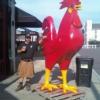
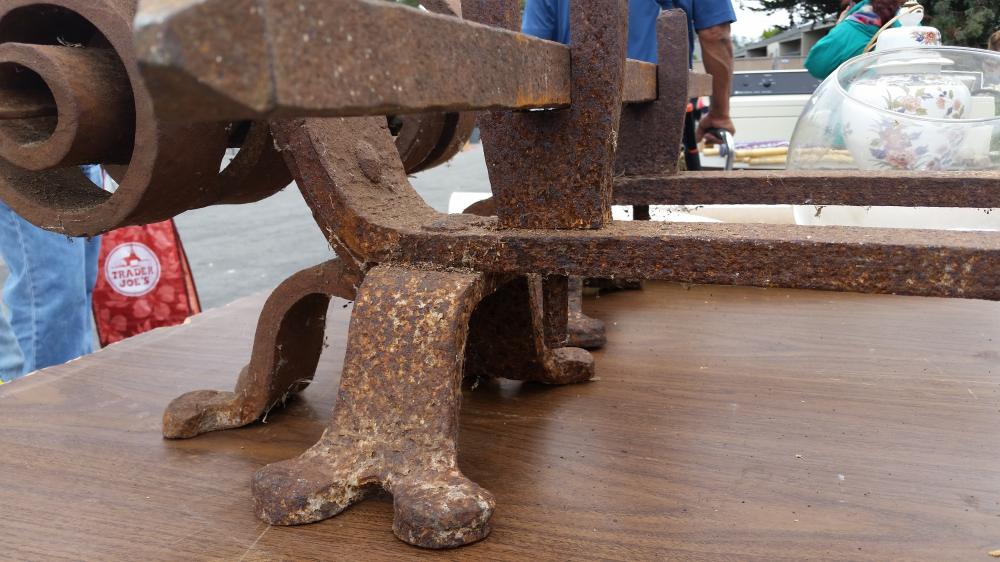
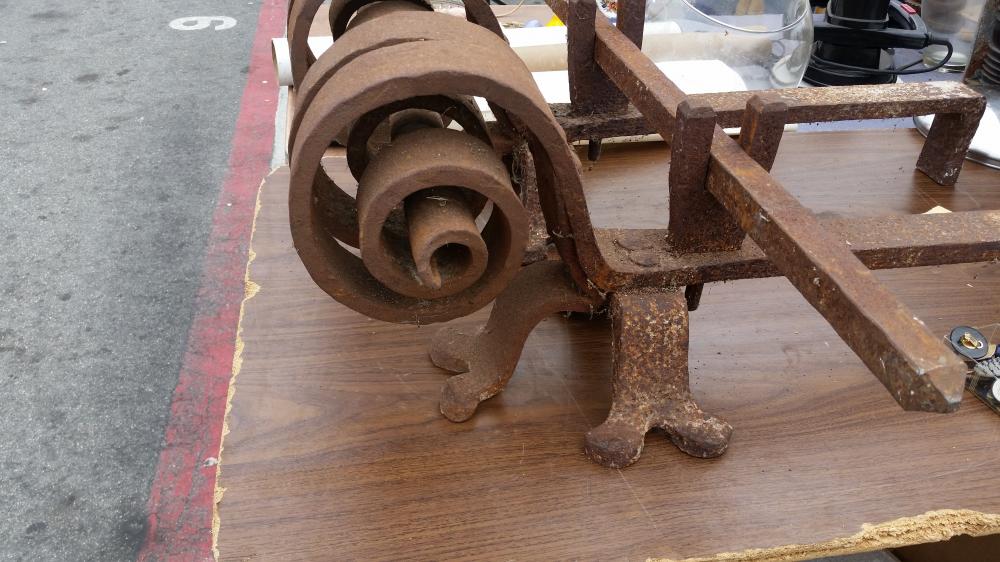
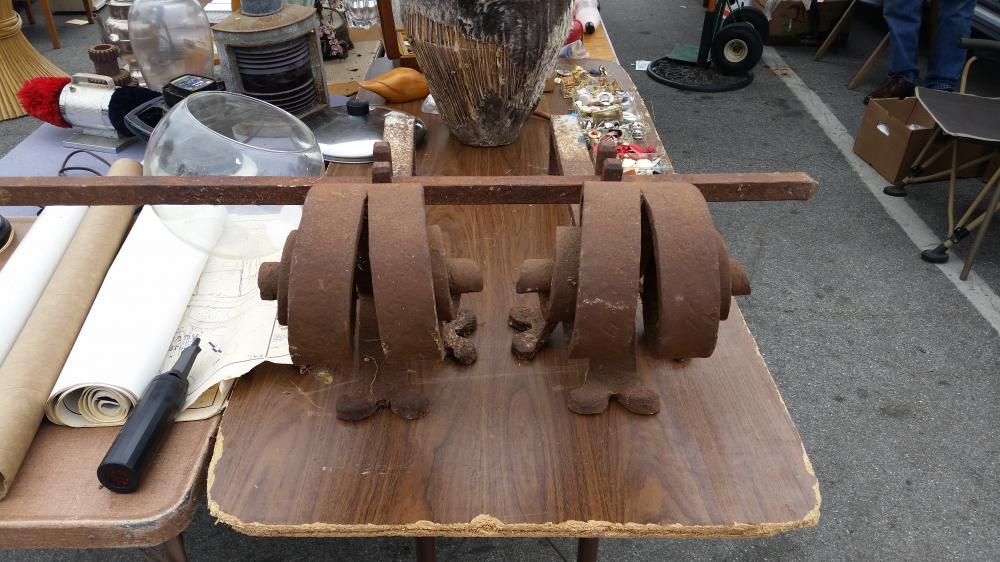
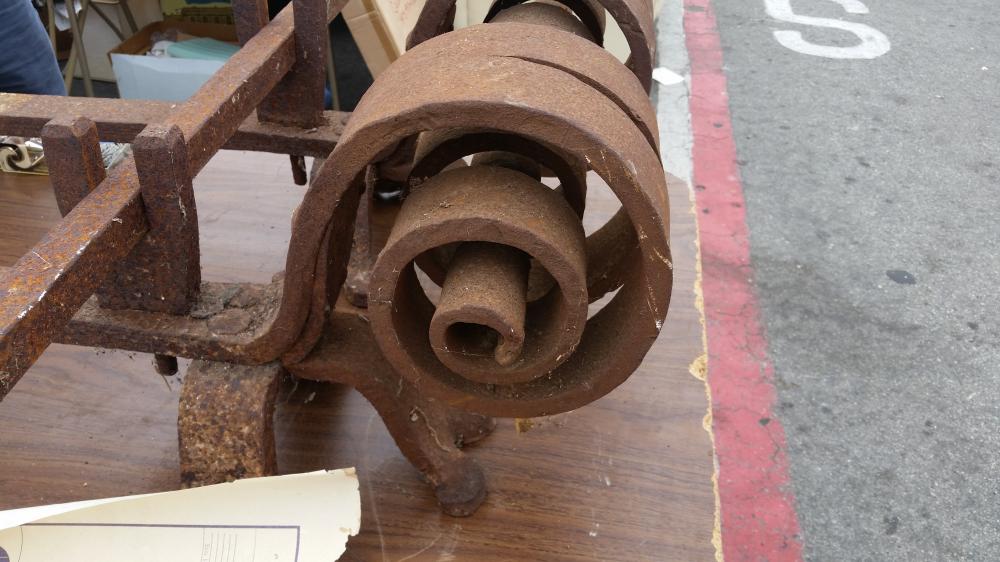
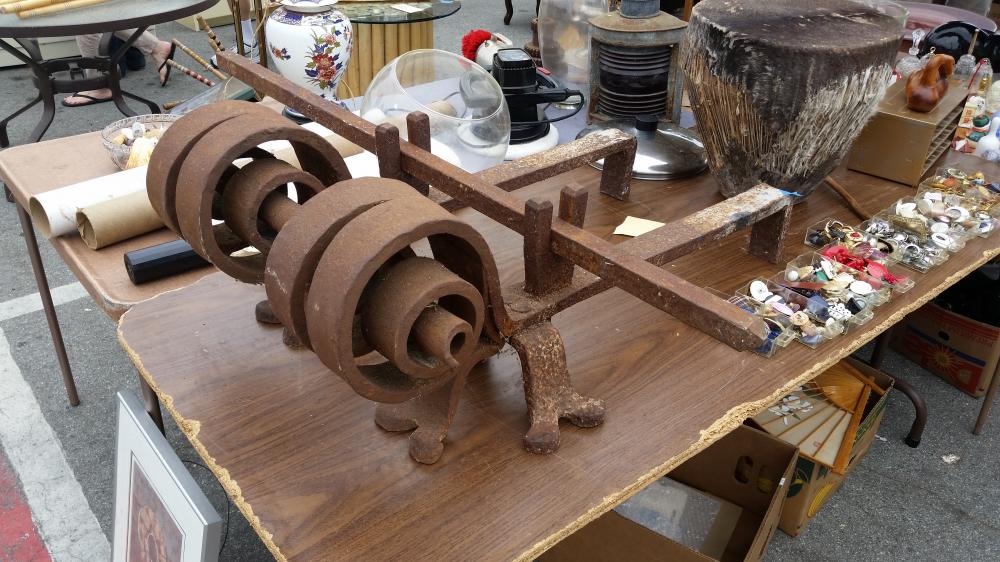







Chilhuly in Steel?
in Metal Sculpture & Carvings
Posted
Look at some of Albert Paley's work. The ribbon forms in stainless steel are amazing. There are some good examples in San Francisco, I will try to get some pictures next time I go there. The lobby has a sculpture and there are exterior wall sconces.